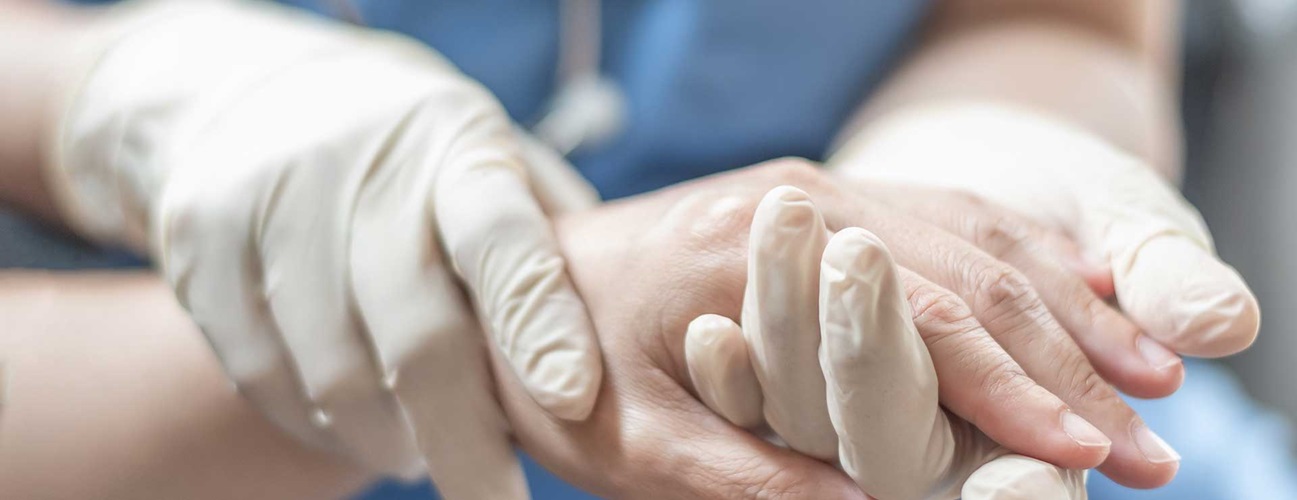
The concept of hand surgery might not be too common; however, it happens in patients who have experienced physical trauma, undergone issues with their hand’s functions, or have any congenital deformity that needs to be corrected.
Hand surgeries primarily fall under plastic surgery, mainly because these procedures are done to restore normal functioning of hands and fingers in the patients.
Here, we will be discussing everything you need to know about the different types of hand surgery and why they are done.
Hand cosmetic surgery includes a wide range of procedures and surgeries done by a plastic surgeon to restore the normal functioning and appearance of the hands and fingers. Hand reconstructive surgeries address many reasons associated with accidents, physical trauma, or even chronic diseases.
Plastic surgery for hand injuries is diverse and addresses different concerns. Some are done to restore functionalities while others are done to reduce degenerative changes to the hand.
If you are not aware of the different types of hand surgery, we have listed out all the common ones below:
Skin grafts
This procedure is done to replace or attach new skin to parts of the hand that are missing the skin. The condition is common in treating patients who have been in accidents, have undergone finger amputation, or suffered from severe injuries. The surgery is generally done by taking a healthy skin graft from the donor site on the body, preferably thighs, and then attached to the hands.
Skin flaps
Unlike skin grafts, skin flaps involve the replacement of skin on the hand with functional blood supply and nerve endings. This type of surgery is done in areas where there is restricted blood supply, due to damage of the blood vessels or extensive tissue damage.
Tendon repair
Another common hand repair surgery involved tendon repair. These are done to address common types of tendon injuries that can happen after an accident, due to an infection or a sudden internal rupture. Tendon repairs are further divided into three types depending on the promptness of the surgery after the inflicted injury.
Closed reduction and fixation
If you have experienced a sudden accident that has caused the bone fracture, this is the type of immediate surgery the doctor suggests. The surgery is done to realign the broken bone and immobilize it till its recovery.
Nerve repairs
Often with age, people experience reduced or lost sensation in their hands and fingers. This is a sign of nerve damage. Aside from ageing, even sudden impacts from injuries can cause nerve damage and need immediate surgery to fix the issues. Nerve repair surgeries in response to physical trauma are done 2-5 weeks after the accident to ensure no further complicated internal or external injuries require more attention.
In cases of complete nerve damage, the surgeon uses nerve grafts to restore the functionality of the hands and fingers.
Fasciotomy
Another underrated type of hand surgery is fasciotomy. This is a leading surgery that is done to treat the condition of compartment syndrome. In such conditions, a certain part of the hand or fingers experiences extreme swelling, pressure, and pain in the confined space, leading to discomfort, numbness, and weakness. If left untreated, the condition can lead to discoloration of the nail beds and fingers.
Fasciotomy is a minimally invasive procedure where the surgeon makes a small incision on the site of the swelling to relieve the internal pressure and restore normal blood circulation. The damaged tissue is removed from inside and the area is cleaned to prevent infections.
Joint replacement
Although not very common in hands- joint replacement in hands is done in patients with severe cases of hand arthritis. Also known as arthroplasty, the procedure involves replacing the damaged joint in the hand with a prosthetic one to restore normal functions and movements.
Trigger finger surgery
A trigger finger is when a finger in the hand gets stuck in a position due to the formation of bumps and nodules in the flexor tendons. Instead of straightening out, the finger is often stuck in a bent position. The surgery for the trigger finger creates a tiny incision in the site to develop a sheath so that the tendons can function smoothly.
Surgical drainage or debridement
Hand infections can happen due to several reasons. If the infection is persistent and doesn’t heal independently, surgical drainage is the next best option. The surgeon creates a small incision on the abscess to drain out the accumulated push and damaged tissues and clean the area to prevent further spread or damage.
You might consider undergoing the different types of hand surgery if:
Much like any other surgeries involved, even hand surgeries impose a few risks and complications that can be treated properly.
Some of them include:
All of these side effects and risks are temporary. Just ensure that you are consulting an experienced plastic surgeon hand specialist to reap the best results.
